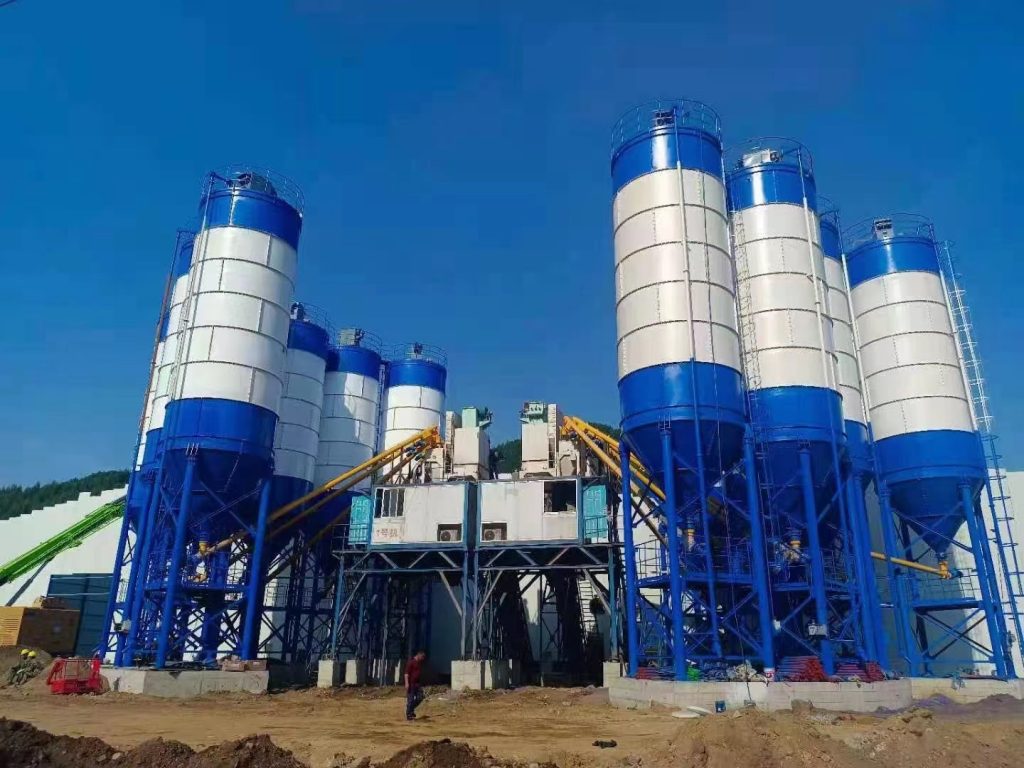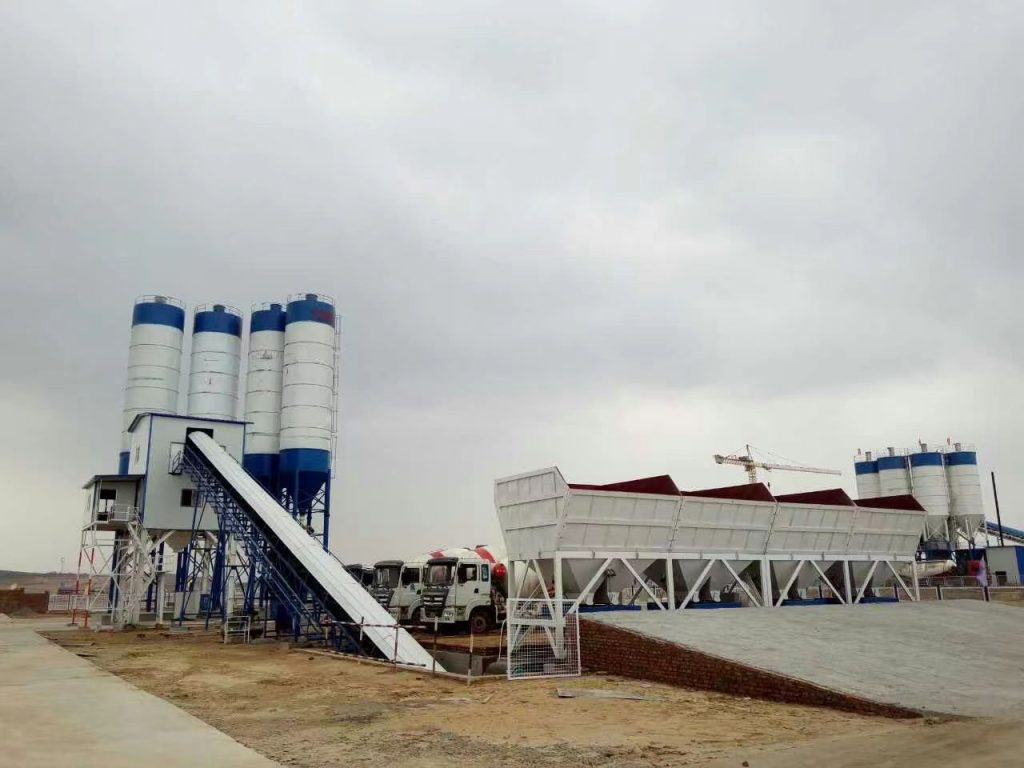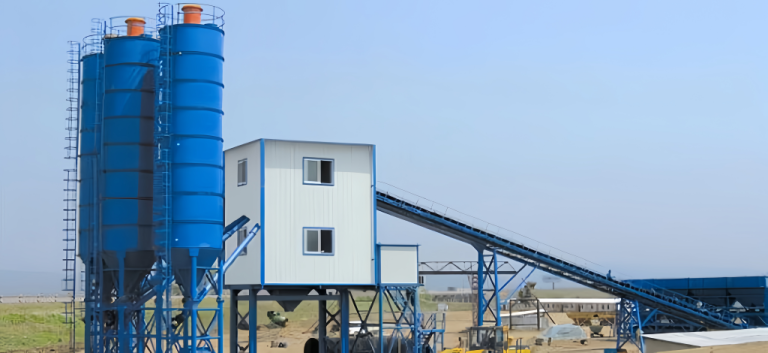Introduction
The concrete batching plant industry is experiencing significant transformations driven by technological advancements, environmental concerns, and evolving construction demands. As urban infrastructure projects surge globally, the demand for efficient and sustainable concrete production solutions has never been higher. This article delves into the latest innovations, challenges, and future prospects of the concrete batching plant sector.

Technological Advancements
Recent years have witnessed remarkable technological advancements in concrete batching plants, aimed at enhancing productivity, precision, and sustainability. One of the most notable innovations is the integration of Industry 4.0 technologies, such as the Internet of Things (IoT) and Artificial Intelligence (AI). These technologies enable real-time monitoring and data analysis, allowing operators to optimize the batching process, reduce waste, and improve overall efficiency.
Environmental Concerns and Sustainability
As the construction industry faces growing pressure to reduce its carbon footprint, concrete batching plants are under scrutiny for their environmental impact. Traditional concrete production is energy-intensive and generates significant greenhouse gas emissions. To address this, the industry is embracing sustainable practices and eco-friendly materials.
One promising development is the use of alternative binders such as fly ash, slag, and silica fume, which can partially replace cement and lower CO2 emissions. Additionally, recycled aggregates from construction and demolition waste are being increasingly utilized, promoting a circular economy.
Challenges and Future Prospects
Despite the advancements, the concrete batching plant industry faces several challenges. The high initial investment cost for state-of-the-art plants can be a barrier for small and medium-sized enterprises. Additionally, the complexity of integrating new technologies and training personnel to operate them can pose operational challenges.

Looking ahead, the future of the concrete batching plant industry appears promising. The global construction boom, coupled with increasing urbanization, will continue to drive demand for efficient and sustainable concrete production. Companies that invest in research and development (R&D) and embrace digital transformation will likely lead the market.
Conclusion
The concrete batching plant industry is at a pivotal point, with technology and sustainability at the forefront of its evolution. By leveraging cutting-edge technologies and adopting eco-friendly practices, the industry can meet the growing demands of the construction sector while minimizing its environmental impact. As challenges persist, the industry's resilience and innovation will be key to its long-term success.





